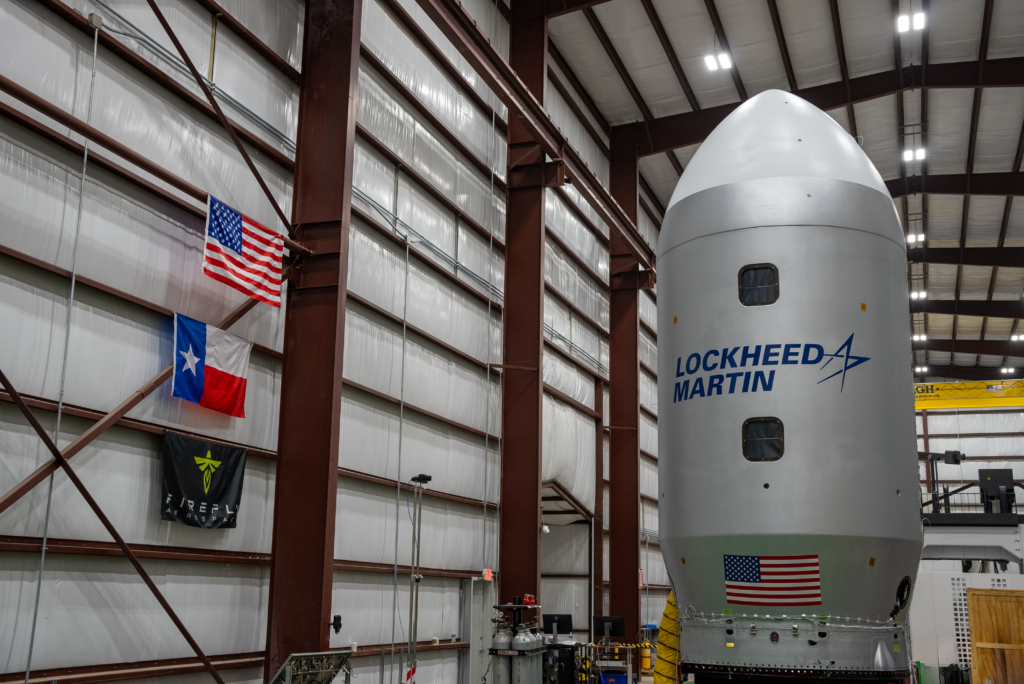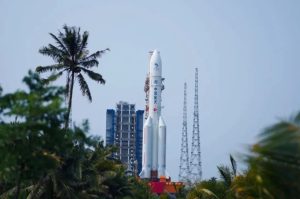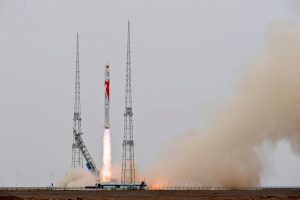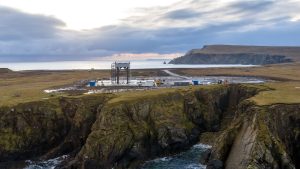Update: Firefly Alpha FLTA004 Second Stage Relight Fail
21st Dec 2023
Update 23rd December
Firefly announced that following the Second Stage cutoff, the second stage engines failed to reignite. This caused the satellites on board to be placed into lower-than-expected orbits. Before the expected reignition, the rocket had been operating normally.
Communication with the satellites has been made. We will publish more details as they emerge.
Update 22nd December
Firefly Aerospace successfully launched their Fly The Lightning mission from Vandenberg Space Force Base in California, USA on 22nd December.
The launch includes an Elecrtonically Steerable Antenna, and furthers procedural tests done as part of the record breaking FLTA003 VICTUS NOX mission.
Update: 20th December
Firefly Aerospace, a US company specializing in space transportation, recently announced that its Alpha FLTA004 Fly the Lightning mission launch was postponed.
First planned on 20 December, the flight was cancelled due to weather conditions. The company announced a new launch window on Friday, 22nd December at 9:18 a.m. PST ( 17:18 in London).
Lockheed Martin Develops ESA Payload for Fly the Lightning Mission
Lockheed Martin has developed an ESA (Electronically Steered Antenna) payload to showcase speedy delivery of on-orbit capabilities for US military personnel, and it will be deployed during the Fly the Lightning mission. The project team will also exhibit responsive space capabilities as a secondary goal by monitoring and enhancing the time it takes to get the payload ready for launch in comparison to the VICTUS NOX mission, known as Alpha FLTA003.
For the upcoming launch, the project team will utilize responsive operations similar to the VICTUS NOX mission to transfer the payload faring to the launch pad and attach it to Firefly’s Alpha rocket. This launch will be monitored by the United States Space Force Tactically Responsive Space team, who are observing to gather insights for upcoming missions and assess the criteria for repeatable on-demand launch capabilities.
Firefly’s SLC-2 complex at the Vandenberg Space Force Base in California will be the launch site for the Fly the Lightning mission. Firefly’s new payload processing facility at the launch site enables the team to fuel and integrate payloads quickly in a clean room environment. Additionally, the company’s Alpha rocket, which has already proven successful in flight, can carry over 1,000 kg to low Earth orbit. This further allows direct, on-demand deliveries wherever and whenever customers need to fly.
Lockheed Martin’s New Payload Among the Fly the Lightning Mission’s “Several Firsts”
Bob Behnken, Technology Acceleration director for Lockheed Martin’s Ignite organization, has expressed enthusiasm about the upcoming mission, which involves multiple firsts, the new payload being among them. Behnken revealed that this endeavour also serves as the first self-funded technology demonstration within Lockheed Martin’s Ignite organization, which was established to speed up development projects, explore new boundaries, and enhance options for customers.
Lockheed Martin’s ESA payload, integrated onto a small Terran Orbital Nebula bus, was developed by the company’s Ignite organization. Said organization was established to prioritize exploratory research and development, hasten technological development, and bring forth fresh product innovations.







Thank you for your comment! It will be visible on the site after moderation.